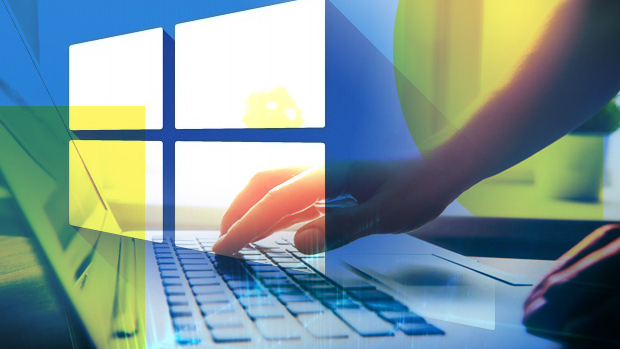Microsoft’s Windows 10 beat a retreat last month, losing user share for the first time since its debut more than a year ago.
According to US metrics vendor Net Applications, Windows 10 lost half a percentage point in user share during September, ending the month on 22.5% of all personal computers.
Windows 10 powered 24.8% of all machines running Windows: The difference between the user share of all PCs and only those running Windows originated with the fact that Windows powered 91% of all personal computers, not 100%.
September’s decline was the first since Microsoft officially launched Windows 10 in July 2015, and the only since January 2015, months before when Microsoft offered only a preview to beta testers.
Last month’s slip came after robust growth in August, when Windows 10 added 1.9 percentage points to its user share, much more than most expected. That anticipation had been driven by the expiration of the free Windows 10 upgrade offer at the end of July.
Other data sources showed the same trend.
Ireland’s StatCounter pegged Windows 10’s usage share – a measure of online activity – at 24.4% for September, a decline, albeit a very small one, of one-hundredth of a percentage point. StatCounter’s dip, like Net Applications’, was the first for Windows 10.
Neither Net Applications’ or StatCounter’s numbers can be accepted without reservations: Measurements of OS users or usage conducted by counting visits to websites, which both companies do, result in estimates, at best and provide a glance, if that, at the reality. Depending on methodology and sample size, estimates like these may be wide of the mark. For example, it’s virtually impossible that the decline in Net Applications’ data for Windows 10 meant several millions suddenly turned their PCs over to another OS.
What’s more important are the trends such data signals. And on that score, it’s safe to say that Windows 10’s most rapid growth is now behind it. From now on, Microsoft faces a more traditional upgrade battle with customers.
Microsoft undoubtedly understood that long before Net Applications or StatCounter: It anticipated a decline in growth two months ago when it begged off the self-set goal of putting Windows 10 on a billion devices by mid-2018.
IDG News Service







Subscribers 0
Fans 0
Followers 0
Followers